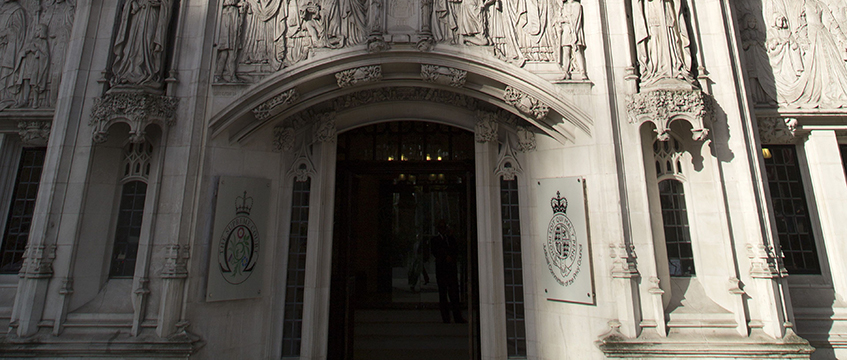When are uses coloured by a principal activity? And when do such uses become different activities?
Mills v The Estate of Philip John Partridge [2020] EWHC 2171 (Ch) concerned land that was subject to a restrictive covenant requiring the owner “to use the land hereby conveyed as agricultural land” and not to use it for any other purpose whatsoever. The land also had the benefit of a right of way across a track that led to the public highway “in connection with the use of the land hereby conveyed as agricultural land only”.
The land was originally used for farming cattle and then to grow potatoes, vegetables and soft fruit, before the owners began growing bedding plants from seed. The enterprise quickly grew into a business with an annual turnover of approximately £1m and now included a tea room, operating as a separate limited company, offering a restaurant menu and having an entertainment licence permitting activities, events and functions – including live performances, film showings, indoor sports events, music, dance and other entertainment, and the sale of alcohol.
When the owners of the track, and the land that benefited from the covenant, complained, the landowners claimed that their activities were “agricultural” and that the predominant purpose of the tea room was to attract customers to the nursery. They argued that the world does not live in a legal time warp, citing the observation of Lord Briggs in Regency Villas Title Ltd v Diamond Resorts (Europe) Ltd [2018] UKSC 57 that “the common law should, as far as possible, accommodate itself to new types of property ownership and new ways of enjoying the use of land”. Consequently, so their argument went, the meaning of the word “agriculture” was not set in stone and should be interpreted to reflect the way in which agricultural practices have developed and changed over recent years.
The judge’s response was that, although changes in the statutory definition of “agriculture” may be relevant to interpretation where use or access to land is confined to agriculture, the statutory definitions in the Agriculture Act 1947 and the Town and Country Planning Acts 1947 and 1971, which were in force at the time, had not changed. In addition, the use of the phrase “not … for any other purpose whatsoever” in the restrictive covenant and the word “only”, which qualified the right of way that was granted, added an important level of emphasis. Genuinely incidental or ancillary activities were not barred. But activities that had a different character or purpose from the primary activity of agriculture were prohibited – and it was important not to confuse developments in agriculture, or agricultural practices, with diversification into non-agricultural activity.
The essence of horticulture, which qualifies as “agriculture”, is growing – not retailing. So while a nursery may be agricultural, a garden centre that buys its stock for resale is not. Some of the items sold to customers were not “agricultural”. Nor were some of the activities on the land – for example, a log selling business using wood supplied by arborists and tree surgeons.
Furthermore, although the tea room was physically integrated into the nursery, it carried on business independently and would be operating outside the nursery’s trading hours, 7 days a week, were it not for an interim injunction preventing it from doing so. Having regard to fact and degree, including capitalisation and turnover, the tea room’s trade far exceeded what could reasonably be termed incidental or peripheral or ancillary to that of the nursery.
Allyson Colby is a property law consultant










